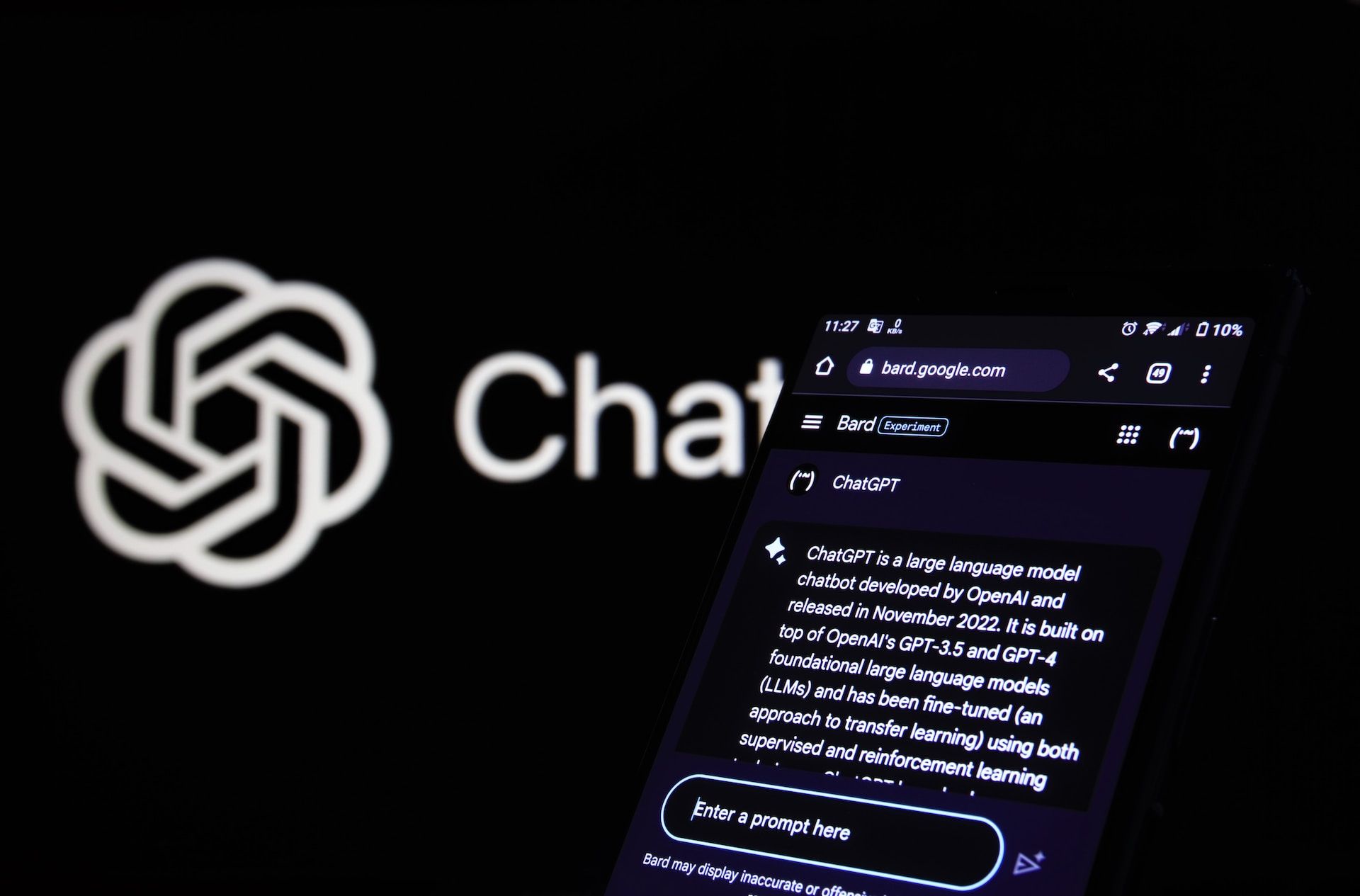AI chatbots, like ChatGPT and Bard, have revolutionized the way we interact with technology, providing human-like conversations and responses. However, the complexity behind these chatbots often remains a mystery to most users.
In this article, we delve into the underlying large language models (LLMs) that power these chatbots, demystifying their mechanics, training and performance.
What Are Large Language Models?

At the heart of AI chatbots lies the concept of large language models. These LLMs are statistical models or mathematical representations of data that are designed to predict the likelihood of words appearing together. They are created by feeding vast amounts of text into deep neural networks, which are algorithms inspired by the human brain. Through this process, LLMs learn intricate linguistic patterns, enabling them to generate coherent and contextually appropriate responses.
The Role of Natural Language Processing

In order to understand the inner workings of AI chatbots, we must explore the field of natural language processing (NLP). NLP is a branch of AI that focuses on the interaction between computers and humans through natural language. It encompasses a range of techniques and algorithms that enable machines to understand, interpret, and generate human language. NLP plays a pivotal role in enabling AI chatbots to process and respond to user queries effectively.
Predicting the Most Likely Response
When a user inputs a question into an AI chatbot, such as "What is the capital of Germany?", the LLM within the chatbot's framework is tasked with generating an appropriate response. The LLM undergoes a process called reweighting, where it assigns varying importance or salience to different parts of the conversation. This re-evaluation is achieved through a technique known as "attention," which allows the chatbot to focus on relevant information and make accurate predictions.
Emergent Abilities of AI Chatbots
While LLMs are primarily designed to predict word associations, they have demonstrated emergent abilities that go beyond mere word predictions. Researchers have observed that AI chatbots, like ChatGPT and Bard, exhibit a level of fluency and coherence that resembles human-like thinking.
The models can re-evaluate and assign contextual meaning to words based on the salience given to previous parts of the conversation. This ability to consider context and generate coherent responses is a significant breakthrough in the field of natural language AI.
Training and Fine-Tuning LLMs

To ensure the success and reliability of AI chatbots, LLMs undergo extensive training and fine-tuning. During the training process, the models learn to master the question-and-response format by analyzing vast datasets. This training helps the models refine their predictive abilities and understand the nuances of human language. Additionally, researchers often implement measures to eliminate unacceptable responses that may arise from biased or inappropriate content within the training corpus.
The Learning Process of AI Chatbots

AI chatbots, like ChatGPT and Bard, learn by consuming tokens, which are sequences of characters derived from various sources such as books, articles, and websites. These tokens provide the models with the necessary patterns and associations needed to generate coherent responses. By analyzing the relationships between words and phrases, the chatbots develop an understanding of how language works and how to construct meaningful sentences.
Limitations and Challenges
Despite their impressive capabilities, AI chatbots still face certain limitations and challenges. One significant challenge is the accuracy and precision of their responses. Due to their reliance on training data from the internet, chatbots may sometimes produce imprecise or incorrect answers. This is because the models learn from a wide range of texts, including fiction and nonfiction, which may contain misleading or inaccurate information. It's crucial to strike a balance between leveraging the vast knowledge available online and ensuring the accuracy of responses.
Ethical Considerations in AI Chatbot Development
As AI chatbots become more sophisticated, ethical considerations surrounding their development and usage come into play. It is essential to address concerns related to biases, misinformation, and potential harm arising from the deployment of chatbots. Researchers and developers must actively work towards creating responsible and unbiased AI systems that prioritize user safety and well-being.
Real-World Applications of AI Chatbots
AI chatbots have found applications in various industries and sectors. In customer service, chatbots can provide instant responses and assistance, improving user experience and reducing the workload on human operators. Educational institutions can leverage chatbots to provide personalized learning experiences and support for students. Additionally, chatbots have proven valuable in healthcare, finance, and other domains, streamlining processes and enhancing efficiency.
The Future of AI Chatbots: Towards Enhanced Conversational AI
As technology continues to advance, AI chatbots are poised to become even more sophisticated and capable. The integration of advanced NLP techniques, improved training methodologies, and the development of more comprehensive knowledge bases will contribute to the evolution of chatbots.
Future advancements may lead to chatbots that can engage in more nuanced and contextually aware conversations, bridging the gap between human and machine communication.
The logic behind AI chatbots is a fascinating blend of large language models and natural language processing. Through the power of LLMs, AI chatbots can analyze and predict word associations, generating coherent and contextually appropriate responses. Natural language processing techniques enable these chatbots to understand and interpret human language effectively.
While AI chatbots have made significant strides, there are still challenges to overcome and ethical considerations to address. As we look to the future, the potential for enhanced conversational AI holds promise for transforming the way we interact with technology.








![Personalised Music Consumption & AI: Does It Hinder or Help New Artists? [Guest Column]](https://images.unsplash.com/photo-1483412033650-1015ddeb83d1?crop=entropy&cs=tinysrgb&fit=max&fm=jpg&ixid=M3wxMTc3M3wwfDF8c2VhcmNofDd8fFBsYXlsaXN0JTIwfGVufDB8fHx8MTcxNTY4NDA1NXww&ixlib=rb-4.0.3&q=80&w=1304)

